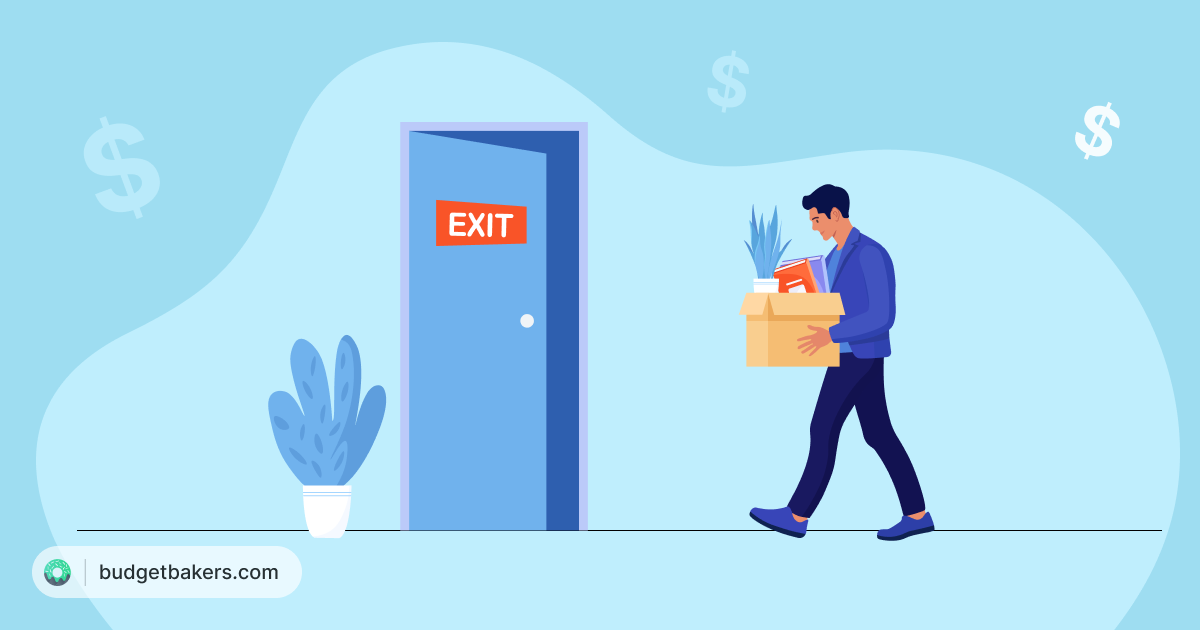Life is unpredictable, and unexpected financial challenges can arise at any moment. Whether it’s a sudden medical expense, car repair, or unexpected job loss, having a financial safety net in the form of a fund is crucial. In this article, we’ll explore the importance of an emergency fund and provide practical steps on how to build one.
The Importance of an Emergency Fund
1. Financial Resilience:
A fund acts as a cushion, providing financial resilience during times of crisis. It allows you to cover essential expenses without relying on credit cards or loans, preventing the accumulation of high-interest debt.
2. Peace of Mind:
Knowing you have a financial buffer can alleviate stress and provide peace of mind. It allows you to navigate unexpected challenges without compromising your long-term financial goals.
3. Protection Against Job Loss:
In the event of a sudden job loss, a fund offers a financial bridge, giving you the time and flexibility to search for a new job without immediate financial strain.
4. Avoiding High-Interest Debt:
Without an emergency fund, people often turn to credit cards or loans to cover unexpected expenses. This can lead to a cycle of debt with high-interest payments. A fund helps break this cycle.
Building Your Emergency Fund
1. Set a Realistic Goal:
Determine how much you want to save in your emergency fund. Financial experts often recommend three to six months’ worth of living expenses, but the right amount depends on your individual circumstances.
2. Create a Budget:
Review your monthly income and expenses to identify areas where you can cut back and allocate more funds to your emergency fund. A detailed budget is the foundation for successful savings.
3. Automate Your Savings:
Set up automatic transfers from your checking account to your fund. Treating your savings like a non-negotiable expense ensures consistent contributions.
4. Use Windfalls Wisely:
Redirect unexpected windfalls, such as tax refunds or work bonuses, toward your emergency fund. This accelerates your savings without impacting your regular budget.
5. Start Small if Necessary:
If saving a large amount seems overwhelming, start with smaller, achievable goals. The key is to establish the habit of regular savings.
6. Consider High-Interest Savings Accounts:
Explore savings accounts with higher interest rates to help your emergency fund grow more quickly over time.
7. Review and Adjust:
Periodically review your emergency fund goal and adjust it as needed based on changes in your financial situation. Regularly reassessing ensures your fund remains aligned with your needs.
The Bottom Line
An emergency fund is not a luxury; it’s a necessity for financial stability. By proactively building a financial safety net, you insulate yourself from the uncertainties life may throw your way. Whether you’re just starting or enhancing your existing fund, taking steps today to build and maintain an emergency fund is an investment in your future financial well-being.
Remember, emergencies are not a matter of “if” but “when.” Building a fund empowers you to face these situations with confidence, knowing you have a financial cushion to fall back on.
Start today, and take control of your financial future!


